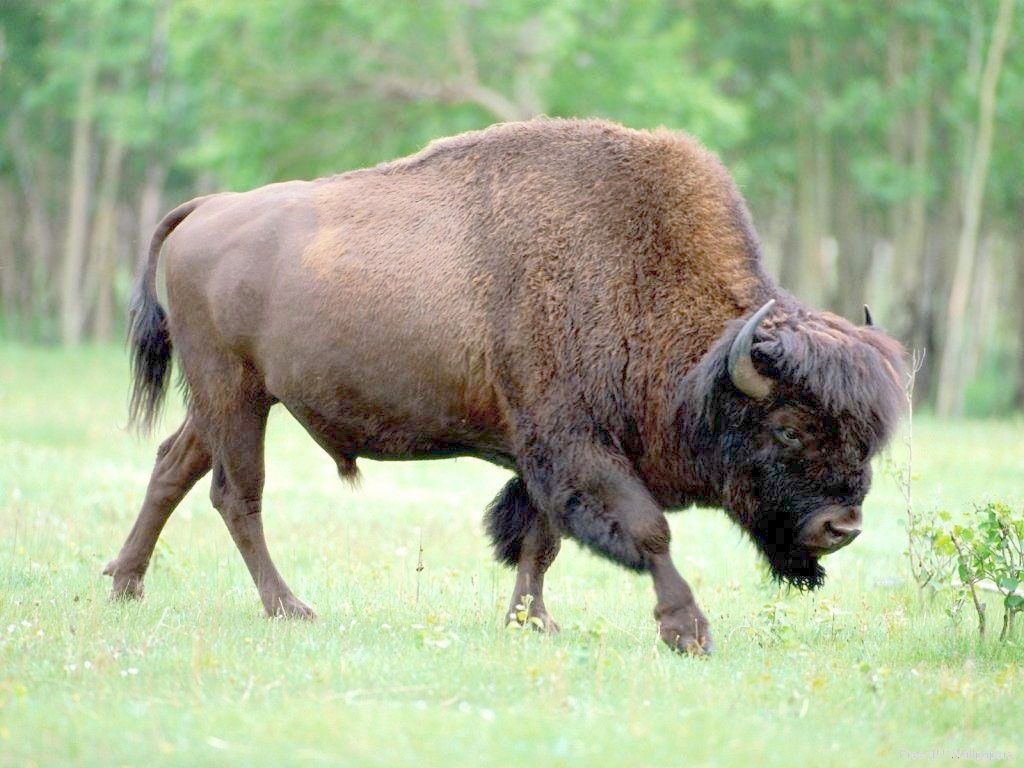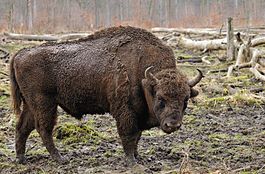How animals survive in winter
If snow is white, then you need to be white in order to be invisible. That is why for many animals living on the surface of the snow, body color becomes decisive. Moreover, body color is of decisive importance both for predators (they need to sneak up on the prey unnoticed) and for other animals (they need to camouflage themselves in the snow from predators). For example: the weasel and ermine turn white in winter, while only the tip of the ermine's tail remains black. In winter, they move deftly under the snow, attacking wood grouse and black grouse in the snowdrifts.
If the snow is loose, then life is possible under it. It is this property of snow that hazel grouse, black grouse, and wood grouse use. They dive headlong into the snow, make shelters for themselves, nest, cover the hole with snow, and spend the night there. And in loose snow you can make passages for small and small animals. This is exactly what voles do. It is difficult for large animals to move on loose snow. Elks and deer will get stuck in the snow, will not be able to quickly escape from predators and will become easy prey. And on compacted snow they move very quickly, but it is more difficult to hide under it; they have to work hard to dig a small hole for themselves and hide from a predator, hide for the night or dig up food for themselves under the snow (roots, remaining plants).
Snow is opaque, which means you can hide under it and live under it with any coat color. This is exactly what voles do; body color does not matter to them, since they live under the snow, where they actively run and eat preserved plants. And foxes can only identify them by ear.
The snow is cold. But how can animals live in snow or on its surface? It turns out that not all animals can live on or under snow. Insects, worms, frogs cannot produce and retain enough heat and withstand the cold, they are called cold-blooded, they cannot live in the snow. But animals and birds produce and retain heat, so they can live in the snow; they are called warm-blooded. That is why only warm-blooded animals can live in snow or on its surface; they have a warm body and resist the cold.
The snow melts, but animals and birds can live under the snow and move on it, and wool and feathers do not get wet, as they play a heat-insulating role. Heat is poorly conducted by these covers, so animals remain cold near the skin and outside. If the snow does melt, then a layer of fat that covers the wool and feathers protects them from getting wet. This is why wood grouse, hazel grouse, and black grouse live in the snow and do not get wet. Lynx, fox, and weasel move easily in the snow and are not afraid that their fur will get wet.
I put forward a hypothesis - by comparing the color of an animal in summer and winter, we can guess its lifestyle. For example: brown bear: does not change color. Why? It can be assumed that he:
- lives under the snow, where he runs around actively, like a vole - unrealistic, he’s too big for that
- lives actively on the surface of the snow, but it will be difficult for him to hide or sneak up, he is large and noticeable
- inactive in winter, hiding somewhere safely all winter
- for the winter he goes to warm regions where there is no snow
All assumptions, except the first one, may exist, so to find out how a bear winters, you need to get acquainted with the literature. In the fall, the bear begins to accumulate fat for the winter and chooses a place for a den in the most remote places of the forest. He lines his shelter with spruce branches, moss, dry grass and bark. Brown bear dens can be arranged in different ways. Thus, the bear sleeps all winter, it is not visible, therefore it does not change color, therefore, our third assumption is correct. White hare: changes color from brown to white. Why? It can be assumed that he:
- does not hibernate, its white color is used to sneak up on prey unnoticed and hunt other animals
- active all winter, subject to attacks, therefore has camouflage coloration
Having studied the literature, I came to the conclusion that the second assumption is correct, since the hare is a herbivorous animal and cannot hunt, but changes color to hide from predators.
Consequently, various assumptions can be made, and special literature will help confirm or refute them. Thus, the properties of snow have a great influence on the life of animals in winter. Animals have adapted to use some properties: color, opacity, friability. To do this, some of them have to change for the winter or lead a different lifestyle than in the summer. Knowing how an animal changes or does not change in winter, we can assume its winter lifestyle.
HUMAN IS A FRIEND TO ANIMALS IN WINTER
What does a person do to help animals in winter? To do this, I read the literature and asked Arkady Pavlovich Eruslanov’s neighbor, who works as a huntsman, about this. And I learned that in the summer they stock up brooms with young leaves for the hares. Hares also love dried branches of rowan, raspberry, and poplar. Young aspen trees are cut down for elk; elk also love rowan and pine branches. Root vegetables are left for the wild boars: beets, rutabaga, turnips, acorns. Beavers are also fed in winter; beavers feed on aspen, bird cherry, oak, and poplar. The rangers even have special winter huts in which they stay overnight if they do not have time to walk around the entire territory and report feeding to the animals. To help the fish in winter, holes are made in the ice. To prevent the water from freezing quickly, they put straw in it and sprinkle it with snow. I also decided to help the animals and feed them. To do this, while walking along the health path in a birch grove, I left pieces of bread, cabbage leaves, and dried mushrooms on the stumps. And for the birds, my dad and I made ten feeders and hung them on the streets of Pushkin, Mitskevich, Turgenev, Kirov, in a birch grove, on our balcony, in the village of Demino. Unfortunately, I was not able to photograph the birds while they were eating; they noticed me before I could get close, but a lot of them flew in. And I took pictures of the feeders.



No comments here yet.